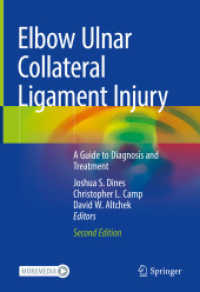Full Description
1 Fleas are wingless insects with a laterally compressed body of about 1.5-4 mm length. Like all insects they possess six legs and three body segments. Taxonomically they belong to the order Siphonaptera (Eckert et al. 2000) (Table 1). This family contains several species and subspecies. Fleas represent one of the most important ectoparasites (Mehl- horn 2000; Mehlhorn et al. 2001b). At the moment there are more than 2000 described species and subspecies throughout the world (Borror et al. 1981). These species belong to the families Pulicidae, including Pulex spp., Ctenocephalides spp., Spilopsyllus spp. and Archaeopsyllus spp., or the familia Ceratophyllidae with the genuses Ceratophyllus or Nosopsyllus to mention only some of the most important veterinary and human representatives. Fleas have a history of about 60 million years and were already found on prehistoric mammals. While becoming parasitic the original exterior of the two-wing insects, also designated as the order Diptera, has changed by losing the wings in the adults, whereas the larval form still has similarity with the larva of the order Diptera (Strenger 1973).
About 95% of the -2000 different flea species parasitize on mammals, 5% live on birds. Table 1. Taxonomy of fleas Systematic Taxonomy Phylum Arthropoda Tracheata (=Antennata) Subphylum Classis Insecta (Hexapoda) Ordo Siphonapterida Familia Pulicidae Familia CeratophyUidae Genus Ctenocephalides. Genus Ceratophyllus. Nosopsyllus Pulex.








